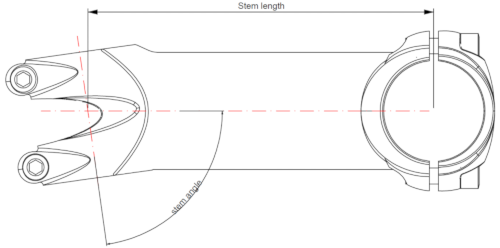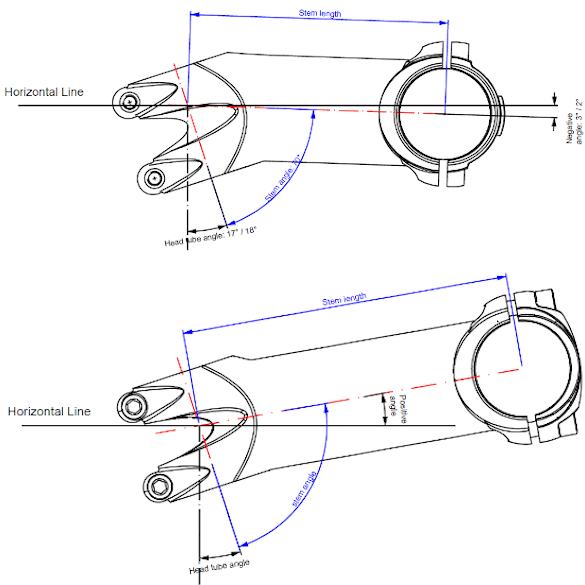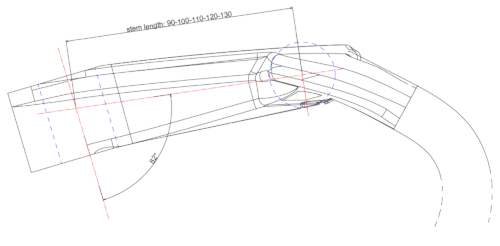FAQ
.png)
Deda Elementi seatposts are designed to fit sport saddles with 7 mm rail diameter and 43 mm rail spacing. They are also compatible with oval-type carbon rails : 7 mm width / 9,5 mm max height. The only requirement is to use a saddle angle between 0° and 8° from horizontal plane.
Deda Elementi aluminum seatposts are designed to operate properly if fitted with a tightening torque between 8 Nm and 10 Nm. It is recommended to start tightening the fixing screws at the minimum torque of 8 Nm. If necessary, increase the torque up to 10 Nm. Never exceed the maximum recommended tightening torque (max 10 Nm), alternately do not hesitate to apply a slight film of assembly compound on the clamping surfaces in order to improve the coefficient of friction.

Deda Elementi offers a wide range of stems with different angles, from 70° to 84°. The stem angle is measured between the fork steerer clamp axis and the stem body virtual axis; it depends also on the stem section design.

Deda Elementi 70° angle stems (i.e. Zero100 Team and Pista) feature a negative angle (-20°).Deda stems with more common 82° angle (i.e. Superleggero, Superzero, 35, Alanera, Zero100, Zero1) feature a positive angle (+8°). Take a look at below schema for further explanations.

The stem length and angle are determined as shown in the image below. If you replace a Deda Elementi stem with 82° angle with Alanera in the same length, you will not find a noticeable difference to your racing position.

All Deda Elementi handlebars featuring RHM shape have 75mm reach and 130mm deep. Take a look at below schema for further explanations.

Superzero stem features an asymmetrical 2-piece faceplate design to match the stem design. You can refer to the card delivered with the stem that well explain how to install the 2 parts of the asymmetrical faceplate. Left and Right parts can be assembled reversed and this not affect the safety of the product. If you don’t respect Left and Right position then there is no room enough for the nylon cli (D-clip).
Discover here all our components and series

